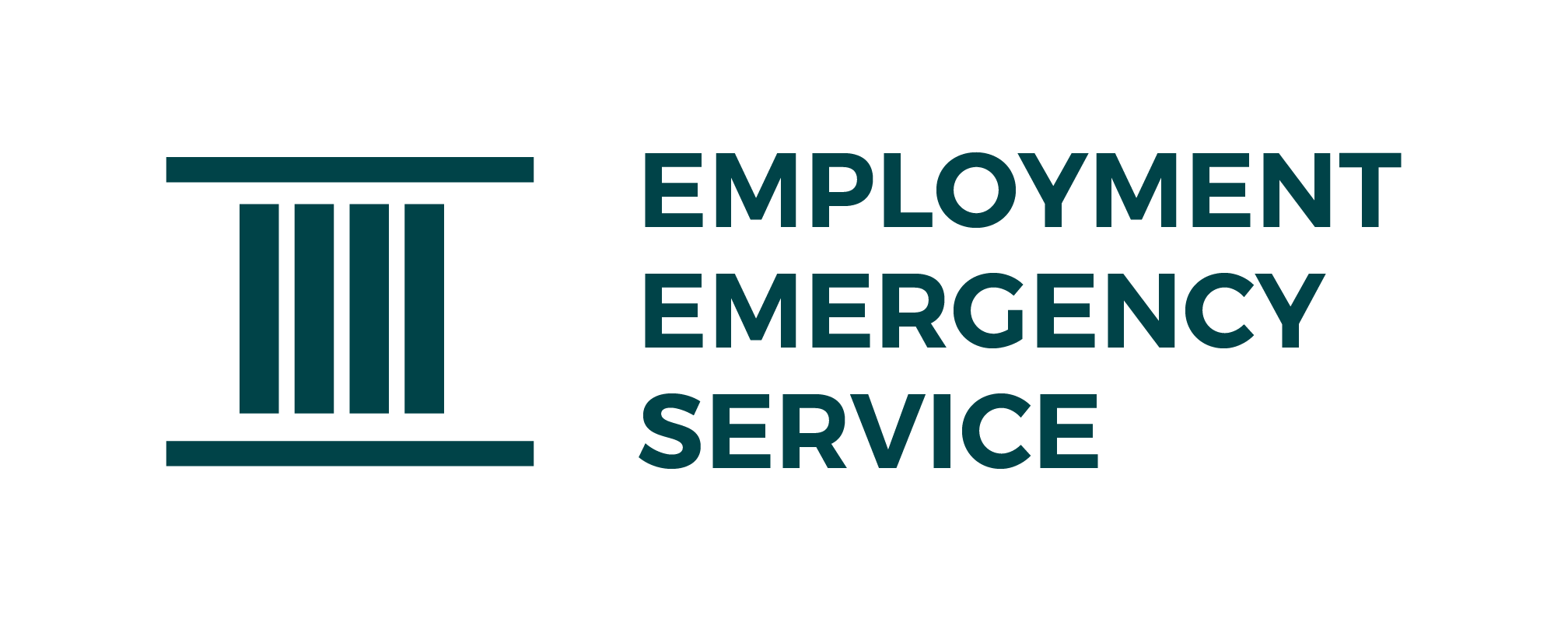Hazards of Farm Work
Agriculture is seen as the most dangerous industry in the country, based on fatalities per worker. The most common types of accident on farms are caused by;
- Dangerous animals or livestock
- Exposure to chemicals or other hazardous substances
- Farm machinery
- Slipping and tripping
- Falling from a height
- Falling objects
- Manual handling and lifting
- Exposure to high levels of noise
- Vibrating tools
- Exposure to dust
- Silos, Slurry Stores or Pits
The Law
The Workplace (Health, Safety and Welfare) Regulations 1992
These Regulations cover a wide range of basic health, safety and welfare issues and apply to most workplaces (with the exception of those workplaces involving construction work on construction sites, those in or on a ship, or those below ground at a mine). They are amended by the Quarries Regulations 1999, the Health and Safety (Miscellaneous Amendments) Regulations 2002, the Work at Height Regulations 2005, and the Construction (Design and Management) Regulations 2007
Provision and Use of Work Equipment Regulations 1998 (PUWER)
Requires that equipment must be suitable for the task, properly maintained and guarded. Adequate training and information about the equipment must be available for employees.
The Prevention of Accidents to Children in Agriculture Regulations 1998 (PACAR)
Makes it illegal to allow a child under 13 to ride on or drive agricultural self-propelled machines (such as tractors and quad bikes) and certain other farm machinery. However, children under 13 years old may legally ride on a trailer, or on a load carried by a trailer, if there are adequate means, such as edge protection, to prevent them falling from it.
The Lifting Operations and Lifting Equipment Regulations (LOLER) 1998
Applies to any lifting equipment, for example, a telehandler. They require that equipment must be strong and stable enough for its proposed use, marked to indicate safe working loads, positioned and installed to minimise any risks, used as part of a planned operation and subjected to ongoing thorough examination at suitable intervals by a competent person.
The Work at Height Regulations 2005
Covers all work activities where people could fall and injure themselves. Employers, the self-employed and others who have control over work at height all have duties. Employers must make sure work at height is properly planned, using the correct equipment, supervised and carried out by people who are competent to do the job.
The Construction (Design and Management) Regulations 2007 (CDM)
Applies to all construction work, with extra responsibilities on sites where more than 5 people are working or the work will take more than 30 days. These require that health and safety is managed throughout all stages of a project, from conception, design and planning through to site work and subsequent maintenance and repair of the structure.
Electricity at Work Regulations 1989
Requires you to take precautions to reduce the risk of death or injury from electricity. Electrical equipment must be safe and properly maintained and the power supply must also be isolated before any repair or maintenance work is carried out.
What to Do
If you are injured at work you may be able to make a farm accident compensation claim. You can make a compensation claim if your injury was caused by the negligence of a colleague. You will be entitled to Statutory Sick Pay. Your right to sick pay should be in your employment contract or your terms and conditions of employment.
Do not accept compensation from an insurance company acting for your employer without taking legal advice. You may find that you have settled for less than you are actually entitled to. You will need to prove that your injury, occupational illness or disease was caused by the negligence of your employer.
[ see Accident at work, How to win your personal injury claim]
Personal Injury Pre-action Protocol
You start your claim using the Pre-Action Protocol for Low Value Personal Injury (Employers’ Liability and Public Liability) Claims. You must;
- Identify that there is a person, company or organisation to make the claim against.
- Show that the person, company or organisation owed you a duty of care to avoid your accident and injury, and could have taken steps to avoid the situation.
- Prove that your injury was caused by the failure of the responsible person or organisation to take reasonable steps to avoid causing your accident or injury.
[ see Accident at work, How to win your personal injury claim]
Last Updated: [11/09/2021]




